Saïs Report, 2009
Season Reports
Saïs Report, 2009
The joint Egypt Exploration Society and Durham University ‘Sais and its Hinterland’ project continues its post-excavation phase. We were at the site both in the spring and summer. Egypt Exploration Society members came to visit us on an Open Day in April and even stayed for lunch. A photo-account of the day can be seen at: http://www.ees.ac.uk
In 2009, The West Delta Regional Survey, Beheira and Kafr el Sheikh Provinces by Penelope Wilson and Dimitrios Grigoropoulos was published. It is hoped that this will be the first in a series of books arising from the fieldwork at Sais beteeen 2002 and 2007.
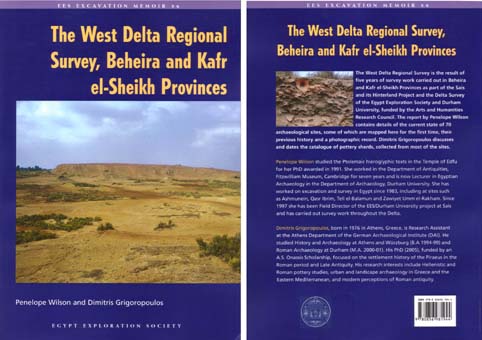
The work in 2009 continued to study material from previous excavations in order to make it ready for publication. The priority was the Ramesside period material from Kom Rebwa and Kom Rebwa (Sa el-Hagar): Final Excavation Report : The Ramesside Period is making steady progress. We also wanted to complete the recording and drawing of small finds from Excavation 10 which are important for the Ptolemaic and Roman history of the town.
During the last two years the Egyptian Givernment has been putting in a waste-water system in the village of Sa el-Hagar. As the village is on top of the ancient city mound, the trenches for the water pipes provided an excellent opportunity to collect pottery and other material from the whole village. The Supreme Council of Antiquities Inspectors at the site collected material from specific locations in order to provide a means of understanding the date of different parts of the site underneath the village. We therefore wanted to begin to record and study that material. It proved to be a daunting task, with around 100 baskets and sacks of material to sort. In the time between the spring and summer, a snake or lizard decided to make her nest amongst the sacks, leaving us a small number of eggs to clear away before we could proceed!
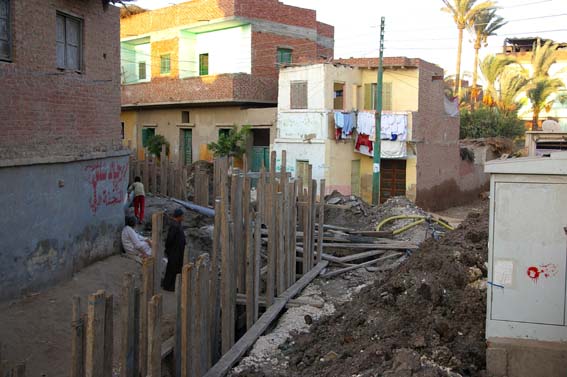
Trenches through Sa el-Hagar in summer 2007.
During the survey work in Beheria and Kafr el-Sheikh from 2000-2007, the villages in the immediate environs of Sais had not been included. In order to try to build up a picture of the ancient settlements around the large metropolis of Sais, we began a more systematic survey of the nearby towns and villages in order to look at the relationship between city and village in the region.
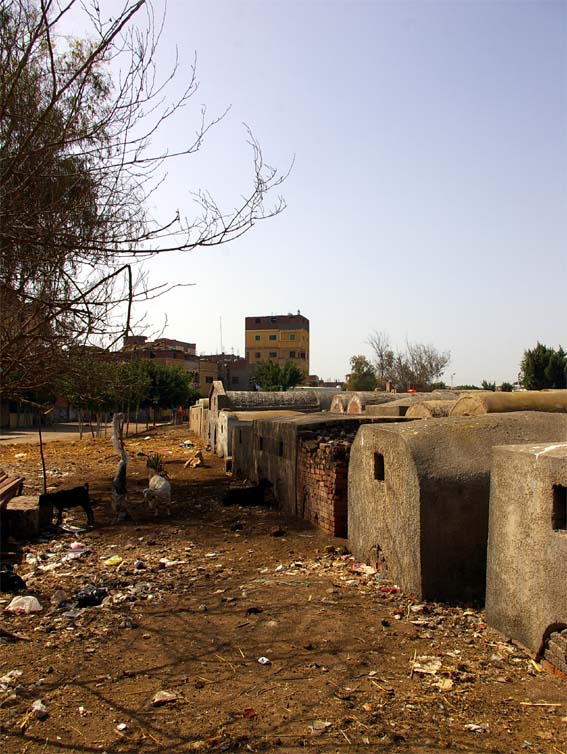
The tall building in the background is the survey station at Shaba Shuhada. The small figure on the righthand side on the roof is James Taylor, with the theodolite, standing upon a chicken hosue roof.
We had also noticed that some of the villages contained old mudbrick houses, mostly from the early to mid twentieth century, but that they were steadily being replaced by newer red brick and concrete buildings. Concerned at the loss of this important way of life, we also wanted to record some of the mud and organic houses and talk to the people who had lived in them. In order to do so Maria Correas Amador began an ethnoarchaeological project to record this vanishing world.
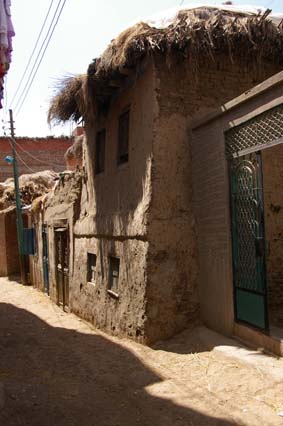
Mud and organic house in a village near Sa el-Hagar.
Visitors to Sa el-Hagar who have been to the village in the past will notice an immediate difference at the SCA and Security Office on the eastern side of the Great Pit. All of the inscribed stone blocks, which were once kept here have now been taken to the secure magazine at Tell Fara’in (Buto) just up the road. The stone left at the site are for the most part uninscribed orthoquartzite and granite blcoks, presumably once from ancient buildings at Sais and found in Sa el-Hagar or nearby villages. The magazine at Tell Fara’in should prove to be a safe and secure place for the blocks.
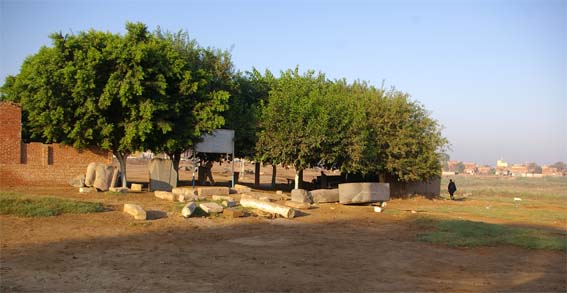
The Security Office at Sa el-Hagar with uninscribed blocks of stone from Sais.
Summary
• Excellent progress was made on post-excavation work and the study of the material for final publication. Someone just has to get on with putting it all together!
• A system for sorting through the large amounts of pottery collected during the waste-water project in Sa el-Hagar was developed and tested. It proved to be a fast and relatively efficient method of recording the pottery to a basic, consistent standard. We can now implement it on a larger scale than has been possible so far.
• A group of pottery vessels found in a kiln site were drawn and studied to form a typology for the study of the remainder of the material from the kiln. Further funding is being sought to continue this study.
• A further 7 sites were visited for the Delta Survey with clear indications of ancient sites at Kom Surad, Shabas Umayyir and Shuhada, Kom Abbud and Kom el Najjar. The results demonstrate that there are traces of ancient sites all around Sais and their future investigation will prove to be very interesting. Further funding is being sought to continue this work.
• Mud brick building in the Delta is almost extinct. Maria Correas’ survey work has shown that it is dying out and most buildings will be replaced in the next few years. At least some survey work has now been carried out but further work should be done in tandem with the survey project.
In spite of the all the progress made in the last twelve years, there is still a good deal of work still to be done at Sais.
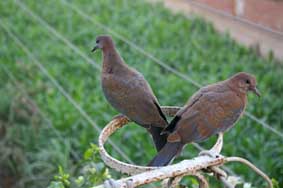
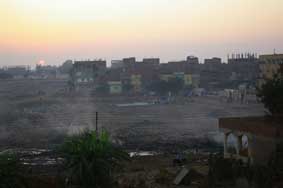
Left : Young turtle doves, who share our accommodation in Sa el-Hagar.
Right : As the sun rises on the morning of the Eid el Fitr, people from Sa el Hagar gather to pray together at the end of Ramadan.
